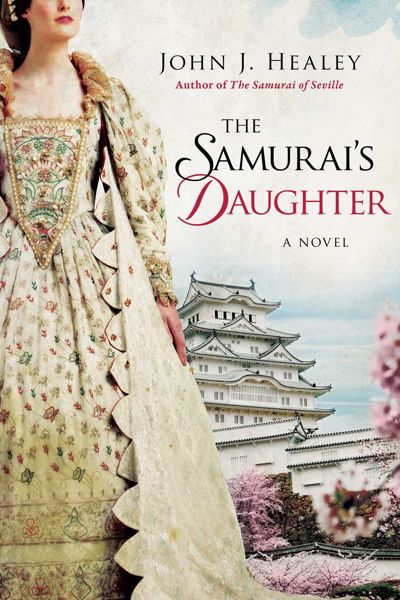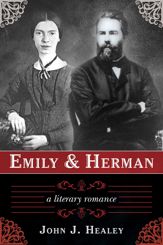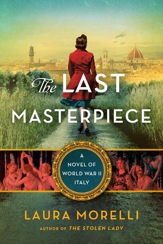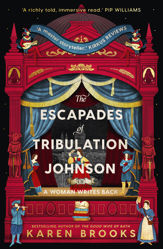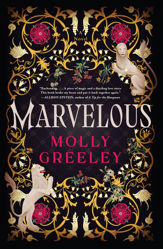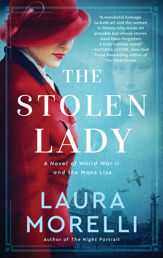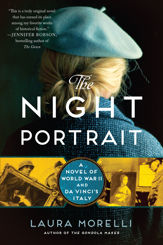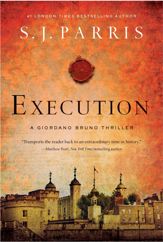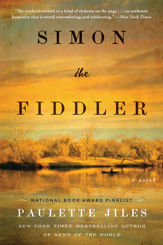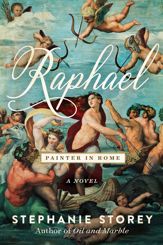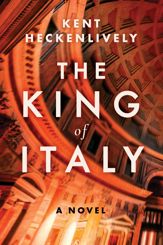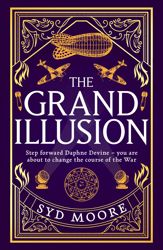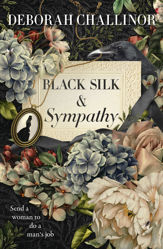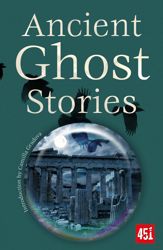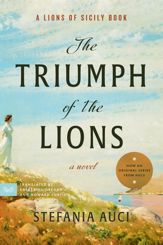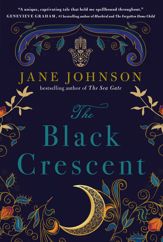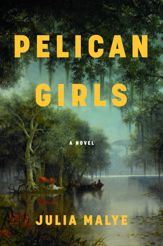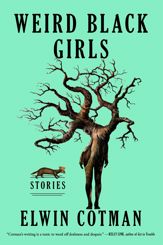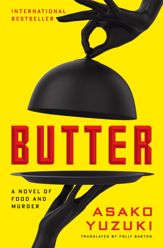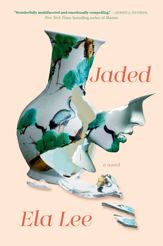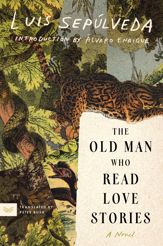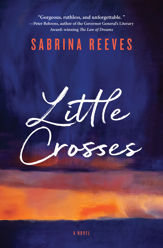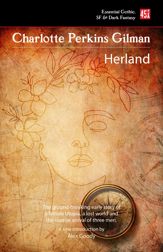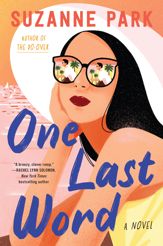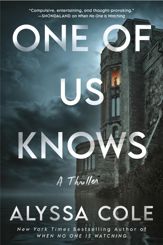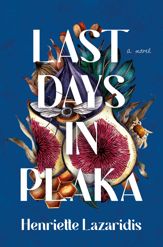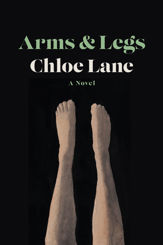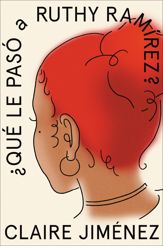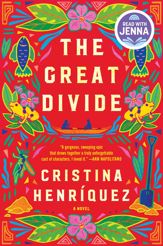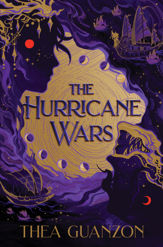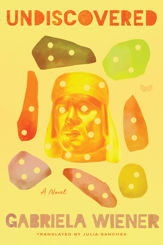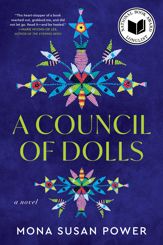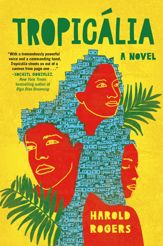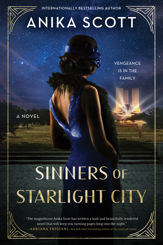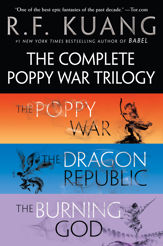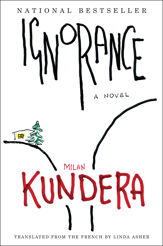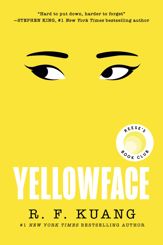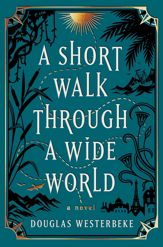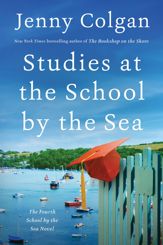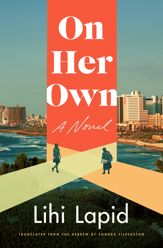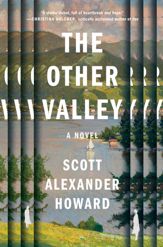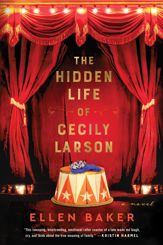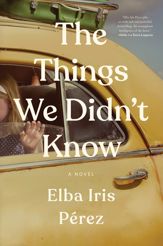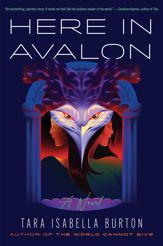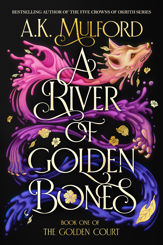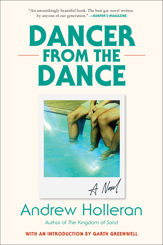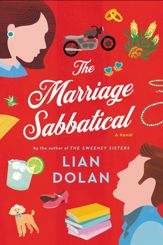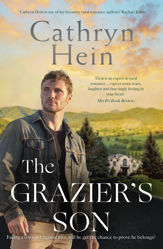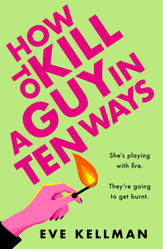Praise for The Samurai of Seville
“This novel invites us to recover our history and colors the light of literary fiction.”—Kazuhiko Koshikawa, former Japanese ambassador to Spain
"The stories that intertwine historical facts with adventure (sometimes with crime too) are normally excellent ones. The Samurai of Seville by John J. Healey is a clear example. In 1614, a group of Japanese nobles arrived to Seville to try and put together two cultures that felt very far-away and to drive the Catholic faith and trade into the Far East. Into this group there was the samurai Shiro, who was as popular with his sword as he was with women in the Seville society of the time and with the court of King Philip III —who is quite relevant in the novel. Healey narrates with great care the episodes of a story that is also a romantic melodrama. The reminiscence of the traditional society and that of the old Seville, with the nobility, the villains and the passionate dames is very well described and Healey pulls it off. You just want to read it in one sitting thanks to the great rhythm and the emotions, together with the agile plot."—El País
“Using a lean, concise narrative style . . . this story presents an absorbing view of the society of 17th-century Spain through a number of characters’ perspectives, conveying the spirit of the land and the essence of each vivid character enmeshed within a larger web of relationships and interests.—Historical Novel Society
“An exciting summer read. . . . At the center of this novel are love relationships, betrayals, friendships and the appreciation of Japanese and Spanish civilizations of the early 17th century. The best and worst features of these two ancient worlds are illuminated and brought together by the advent of necessity and greater glory.”—Berkshire Eagle
“A nice jumping-off point for new readers of historical fiction.”—Library Journal
"Fascinating . . . A vibrant historical novel."—Fresh Fiction
"Revealing one of history’s most intriguing forgotten chapters . . . Healey weaves a rich tale of dueling cultures as warriors clash with Renaissance sensibilities."—Hudson Valley Magazine
“The undercurrent of melancholy that permeates the novel does not derive from the author’s research but rather from his own life experience. He knows that in every coming and going there is a mixture of expectation and heartbreak, and there will arrive— on one side or the other— a point and time from which there is no return.”—Antonio Muñoz Molina, author of Separahad
"Healey has created a narrative wonder mixing fictional and historical characters deeply immersed in the early years of the 17th Century when Tokugawa Japan joined hands with the Spain of Philip III. . . . Healey offers an attractive, succinct text told with singular narrative skill. It reads effortlessly. Its immediacy and flow is absolutely cinematic."—Prof. Juan Manuel Suárez Japón (direct descendant of one of the samurai who went to Spain in 1613)
“Around this gentle love story, Healey coveys the way in which two very different cultures seek to honor and understand each other.”—theidlewoman.net
Description
A tale of personal discovery, familial obligations, and competing cultural expectations is at the heart of this exciting sequel to The Samurai of Seville.
Soledad Maria, called Masako by her father, is a child of two worlds. Born in Seville in the seventeenth century, she is the daughter of a beloved Spanish lady and a fearsome samurai warrior sent to Spain as a member of one of the most intriguing cultural exchanges in history.
After her mother's death, Soledad Maria and her father set out to return to Japan, though a journey across the world can never be without peril. Once they return, even their position in her father’s home is not secure. As they try to stay one step ahead of those who would harm them, Soledad Maria finds herself grappling with not only the physical challenges of her many voyages, but with who she is, which legacy to claim—that of a proper Spanish lady or of a samurai—and which world she can really call home.
The Samurai's Daughter is an essential and timeless story of accepting ourselves and finding our place in the world.
Reviews
Praise for The Samurai of Seville
“The undercurrent of melancholy that permeates the novel does not derive from the author’s research but rather from his own life experience. He knows that in every coming and going there is a mixture of expectation and heartbreak, and there will arrive—on one side or the other—a point and time from which there is no return.”—Antonio Muñoz Molina, author of Separahad
"Healey intertwines —with great skill—fictional characters with others who were historically important in the first years of the 17th Century, mixing the first Japanese Tokugawa with the Spain reigned by Philip III. (…) The result of this historical background together with these characters is brilliant. Healey has written an attractive, page-turning novel, with a great fast-paced narrative style."—Juan Manuel Suárez, FronteraD
"The stories that intertwine historical facts with adventure (sometimes with crime too) are normally excellent ones. The Samurai of Seville by John J. Healey is a clear example. In 1614, a group of Japanese nobles arrived to Seville to try and put together two cultures that felt very far-away and to drive the Catholic faith and trade into the Far East. Into this group there was the samurai Shiro, who was as popular with his sword as he was with women in the Seville society of the time and with the court of King Philip III —who is quite relevant in the novel. Healey narrates with great care the episodes of a story that is also a romantic melodrama. The reminiscence of the traditional society and that of the old Seville, with the nobility, the villains and the passionate dames is very well described and Healey pulls it off. You just want to read it in one sitting thanks to the great rhythm and the emotions, together with the agile plot."—El País
"Healey has created a narrative wonder mixing fictional and historical characters deeply immersed in the early years of the 17th Century when Tokugawa Japan joined hands with the Spain of Philip III. . . . Healey offers an attractive, succinct text told with singular narrative skill. It reads effortlessly. Its immediacy and flow is absolutely cinematic."—Prof. Juan Manuel Suárez Japón (direct descendant of one of the Samurais who went to Spain in 1613)
